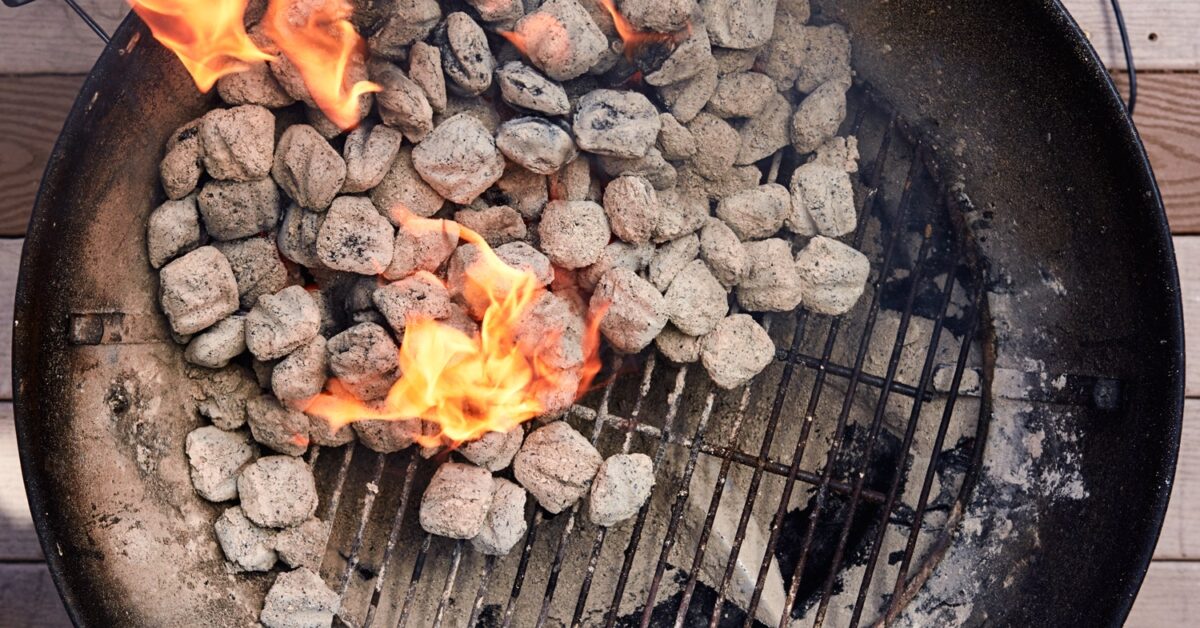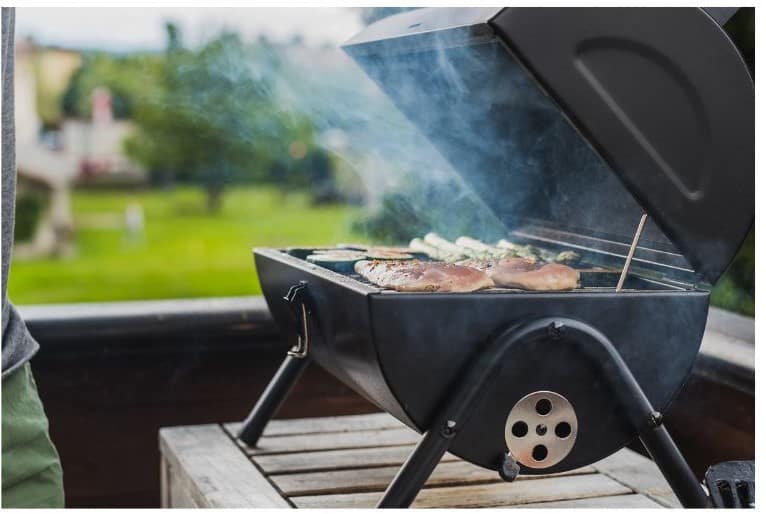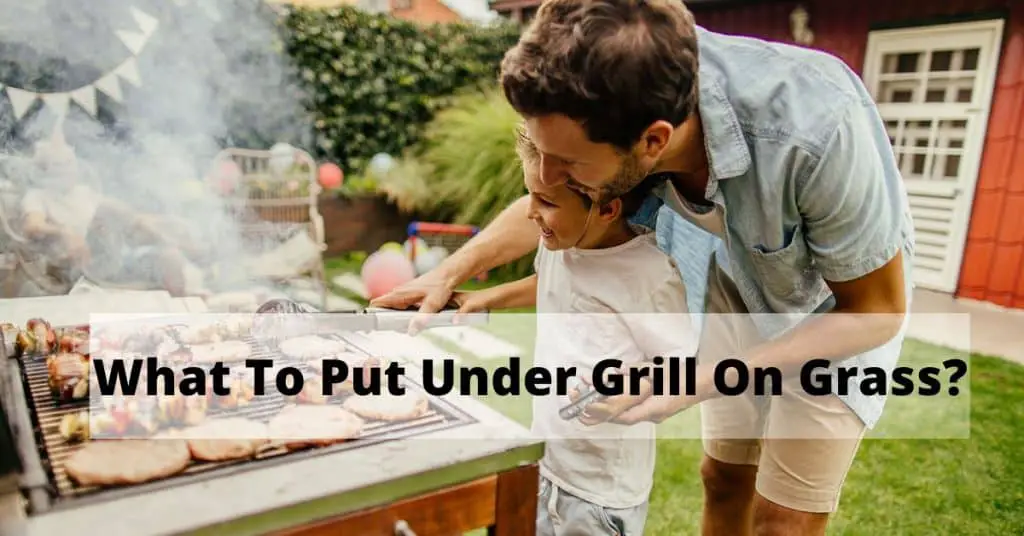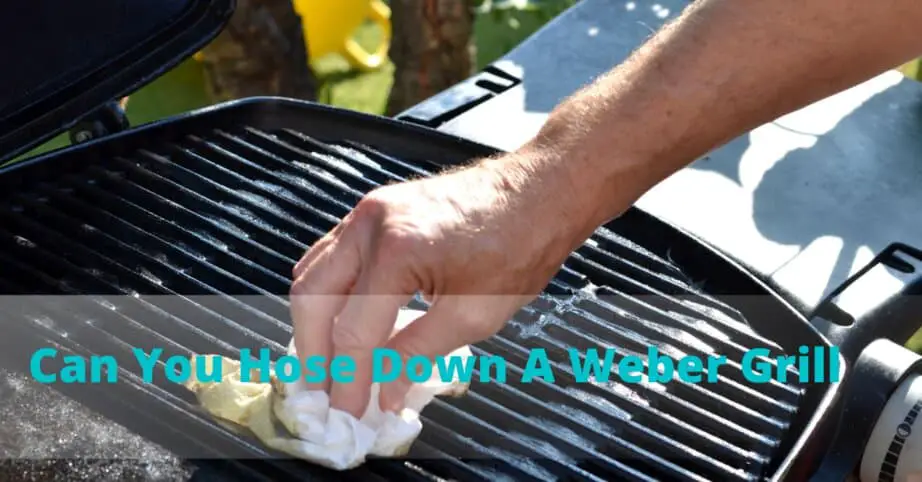Have you ever wondered what to do with the leftover charcoal after a delicious grilling session? You’re not alone. The charcoal is still burning hot, and it seems like a waste to just throw it away. But fear not, because there are plenty of creative and practical ways to make use of that leftover charcoal. From enhancing your garden soil to deodorizing your home, let me share some valuable tips on how to put that charcoal to good use!
Charcoal has been around for centuries, with its origins dating back to ancient civilizations. It was used by the Egyptians and other ancient cultures for cooking and heating purposes. Today, charcoal is widely known for its use in grilling, but its benefits extend beyond the barbecue. Did you know that charcoal can help purify water, absorb odors, and even improve the quality of soil? Whether you have small bits of charcoal or larger charcoal briquettes, there are a variety of ways to repurpose them, reducing waste and maximizing their usefulness. So, instead of tossing those charcoal remnants in the trash, consider these creative ways to make the most out of your grilling leftovers!
After grilling, there are several ways you can dispose of charcoal. Let it cool completely, then you can either reuse it for future grilling sessions, or you can dispose of it in your regular trash. Just make sure it is completely extinguished before throwing it away. Another option is to use the charcoal as a natural fertilizer for your plants. Simply crush the cooled charcoal into small pieces and mix it into your soil. It will help retain moisture and provide nutrients to your plants.

What To Do With Charcoal After Grilling?
After a delicious barbecue session, you’re left with a pile of charcoal on your grill. So, what should you do with it? Don’t worry, I’ve got you covered. In this article, I’ll guide you through various ways to make the most out of your charcoal after grilling. Let’s get started!
1. Reuse Unburnt Charcoal
Before you dismantle your grill and clean up, it’s important to check if you have any unburnt charcoal. If there are still usable pieces, you can save them for your next grilling adventure. Make sure to extinguish any remaining flames and let the charcoal cool down completely. Store it in a dry place, away from moisture, and it’ll be ready to go for your next cookout.
Not only will reusing unburnt charcoal save you money, but it’s also an environmentally friendly option. You’ll reduce waste and contribute to a more sustainable grilling experience.
2. Use Charcoal as Fertilizer
If you have a green thumb, you’ll be pleased to know that charcoal can be used as a natural fertilizer. When crushed into small pieces, charcoal can help improve soil quality by enhancing its ability to retain water and nutrients. It also promotes healthy microbial activity in the soil.
To use charcoal as fertilizer, crush it into small bits and mix it with compost or soil. This mixture can then be used to nourish your garden or potted plants. The charcoal will slowly release nutrients into the soil, benefiting your plants in the long run.
3. Create DIY Deodorizers
Charcoal is a powerful deodorizer and can help eliminate unpleasant smells. You can create your DIY deodorizers using charcoal to absorb odors in various areas of your home.
Here are a few ideas:
- Place charcoal briquettes in a bowl or fabric pouch and keep it in your refrigerator to absorb food odors.
- Put a few charcoal pieces in your shoes overnight to neutralize foot odor.
- Place a container with activated charcoal in your bathroom to absorb moisture and eliminate musty smells.
- Keep a pouch of charcoal near your pet’s litter box to control odors.
4. Make Charcoal Art
If you’re feeling creative, you can utilize charcoal for art projects. Charcoal drawings are known for their unique texture and deep black tones. Whether you’re a seasoned artist or simply enjoy doodling, charcoal can be a great medium to experiment with.
Buy some charcoal sticks or make your own by burning small pieces of charcoal until they turn black. Use them to create stunning drawings and enjoy the versatility of this artistic medium.
5. Donate to Charities
Charcoal can be a valuable resource for those in need, especially during emergencies or natural disasters. Consider donating your charcoal to organizations or charities that provide cooking facilities to communities without access to electricity or gas.
Your donation can make a meaningful impact and help people cook their meals, even in challenging circumstances. Reach out to local community centers or relief organizations to find out how you can contribute.
6. Recycle the Ashes
Once you’re done grilling and have used up all the charcoal, you’ll be left with ashes. Don’t throw them away just yet. Charcoal ashes can be recycled and repurposed in various ways.
Here are a few ways you can recycle charcoal ashes:
- Mixing small amounts of charcoal ashes in your compost heap can help maintain a neutral pH level.
- Spread charcoal ashes around plants to deter slugs and snails.
- Mix charcoal ashes with water to create a paste and use it as a natural cleaner for grills or other surfaces.
- Use charcoal ashes as a traction aid on icy sidewalks or driveways.
7. Dispose of Charcoal Properly
If you have exhausted all the possibilities for reusing or recycling your charcoal, it’s important to dispose of it properly. First, make sure all the charcoal is completely extinguished and cooled down. You can douse it with water to ensure it’s fully extinguished.
Once the charcoal is cool, you can wrap it in aluminum foil or place it in a heavy-duty garbage bag. Make sure to check your local waste disposal guidelines to determine the appropriate way to dispose of it.
What Can You Do With Charcoal After Grilling: Answered
In conclusion, there are several creative and practical ways to make use of charcoal after grilling. You can reuse unburnt charcoal for future cookouts, repurpose it as a natural fertilizer, create DIY deodorizers, engage in charcoal art, donate to charities, recycle the ashes, and dispose of it properly. By exploring these options, you’ll not only save money but also contribute to a more sustainable and environmentally friendly lifestyle. So, the next time you finish grilling, don’t let the charcoal go to waste!
Key Takeaways: What To Do With Charcoal After Grilling
After grilling, you might wonder what to do with the leftover charcoal. Here are some ideas:
- Re-use the charcoal for future grilling sessions.
- Store the charcoal in a dry place to prevent moisture buildup.
- Dispose of the cooled charcoal in a metal container.
- Use the charcoal as compost in your garden.
- Consider donating unused charcoal to a neighbor or friend.
Can you Reuse Charcoal after Grilling?
Grilling enthusiasts often find themselves pondering the fate of leftover charcoal after a barbecue session. Is it destined for the trash, or can it be granted a second chance to infuse its smoky flavor into another delicious meal? The prospect of reusing charcoal is not only practical but also eco-friendly. In this guide, we will explore the art of giving charcoal a second life, examining the conditions for reuse, proper storage, and considerations to enhance your grilling experience. Let’s delve into the world of sustainable grilling and discover how to make the most of every last ember.
Here are some guidelines for reusing charcoal:
Check Condition: Examine the charcoal for any large pieces or chunks that are still solid and have not completely burned. If there is a significant amount of unburned charcoal left, it can be reused.
Remove Ashes: Separate the ashes from the reusable charcoal. You can do this by gently shaking the ashes off or brushing them away. The goal is to retain the larger, unburned pieces.
Inspect for Residue: Ensure that the charcoal doesn’t have any residue or leftover food particles stuck to it. If it does, you might want to consider using a grill brush to clean the charcoal before reuse.
Store Properly: Store the reusable charcoal in a dry, moisture-free environment. Humidity can cause charcoal to deteriorate over time, so it’s essential to keep it in a sealed container or airtight bag.
Mix with New Charcoal: When you’re ready to grill again, you can mix the reusable charcoal with new charcoal. This ensures a consistent and reliable heat source for your next barbecue.
Consider Additives: If you’ve used charcoal with additives, like lighter fluid or self-lighting briquettes, be aware that these additives may affect the flavor of your food. It’s generally recommended to use natural lump charcoal for a clean and pure grilling experience.
Use Chimney Starter: If your reusable charcoal appears to have a layer of ash on the surface, you can use a chimney starter to reignite it. This method helps in burning off any remaining ash and ensures a hotter fire.
Be Mindful of Odors: If the charcoal has absorbed strong odors from previous grilling sessions, it may affect the taste of your food. In such cases, it’s better to use fresh charcoal.
Monitor Performance: During your next grilling session, monitor the performance of the reused charcoal. If it ignites easily and provides consistent heat, you can continue to reuse it.
Dispose of Deteriorated: If the charcoal is crumbling or shows signs of deterioration, it’s best to dispose of it. Deteriorated charcoal may not burn efficiently and could affect the cooking process.
Reusing charcoal is a cost-effective and environmentally friendly practice, but it’s essential to balance this with the need for consistent and reliable heat during grilling. Regularly cleaning and maintaining your charcoal can extend its lifespan and ensure a better grilling experience.
Frequently Asked Questions
When it comes to grilling, charcoal is a popular choice for its smoky flavor and high heat. But what should you do with the charcoal after grilling? Here are some commonly asked questions and their answers.
1. How should I handle leftover charcoal after grilling?
After grilling, it’s important to handle leftover charcoal safely. First, make sure the grill is completely cool and the charcoal is no longer burning. Use tongs or heat-resistant gloves to carefully remove any remaining charcoal from the grill. Allow the charcoal to cool completely before handling it further. Once cooled, you can dispose of the charcoal in a designated fire pit or an outdoor charcoal disposal bin. Never dispose of charcoal in your regular trash as it can pose a fire hazard.
Alternatively, if the charcoal is only partially used and still in good condition, you can save it for your next grilling session. Simply close the vents on your grill to snuff out the fire, and cover it to preserve the remaining charcoal. It can be reused for future grilling sessions, saving you money and resources.
2. Can I compost charcoal ashes?
Charcoal ashes can be composted, but there are a few things to keep in mind. First, make sure the ashes are completely cool before adding them to your compost pile. Hot ash can harm beneficial organisms in the compost and increase the risk of fire. Once cooled, you can mix the charcoal ashes into your compost pile in small quantities. However, be careful not to add too much, as charcoal ashes are alkaline and can raise the pH level of your compost. A small amount of charcoal ashes can provide some beneficial minerals to the compost, but moderation is key.
Alternatively, you can also use charcoal ashes as a soil amendment in your garden. The alkaline properties can be beneficial for plants that prefer slightly acidic soil, such as roses or tomatoes. Again, use charcoal ashes sparingly and mix them into the soil thoroughly.
3. Are there any other uses for used charcoal?
Used charcoal can have some other practical uses around the house and garden. Here are a few ideas:
– Place some used charcoal in a muslin bag or sock to absorb odors in your refrigerator or closet. – Use small pieces of charcoal as a natural insect repellent by placing them around areas where bugs tend to gather. – Crushed charcoal can be mixed into potting soil to improve drainage and absorb excess moisture.
3. How should I store charcoal for future use?
Proper storage is important to keep your charcoal in good condition for future grilling sessions. Make sure the charcoal is completely cool and dry before storing it. You can keep it in the original bag if it’s still intact, or transfer it to airtight containers or sealable plastic bags. Store the charcoal in a cool, dry place, away from moisture and direct sunlight. This will help prevent the charcoal from absorbing moisture or getting damaged, ensuring it’s ready to use when you need it.
Remember to always check the expiration date on the charcoal bag and avoid using expired or damp charcoal, as it may affect the grilling performance and taste.
Proper disposal of charcoal after grilling
So what should you do with the charcoal after grilling? After you have finished cooking, allow the charcoal to cool completely before handling it. Once it is cool, you can dispose of the charcoal safely and responsibly.
If the charcoal is completely extinguished and no longer hot, you can wrap it in a newspaper or place it in a trash bag. Make sure to check with your local waste management guidelines to see if they accept charcoal in regular trash or if there are any special disposal instructions.




